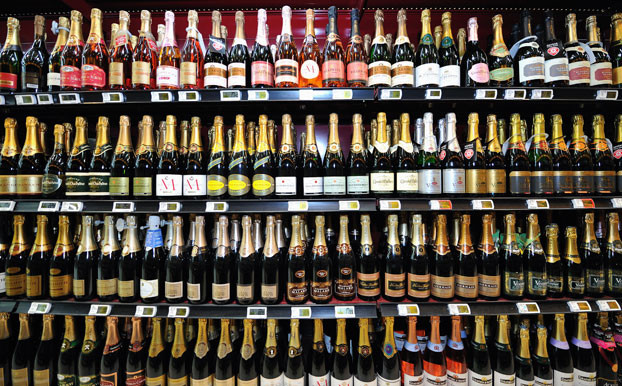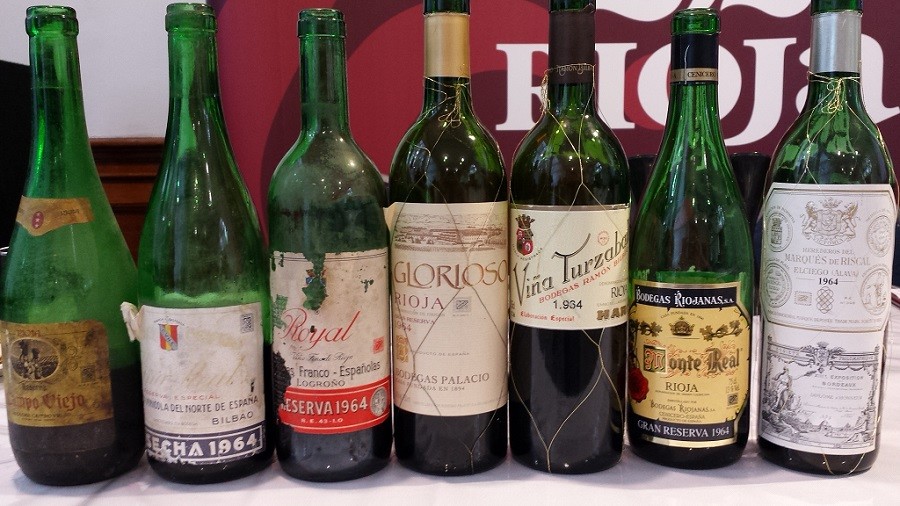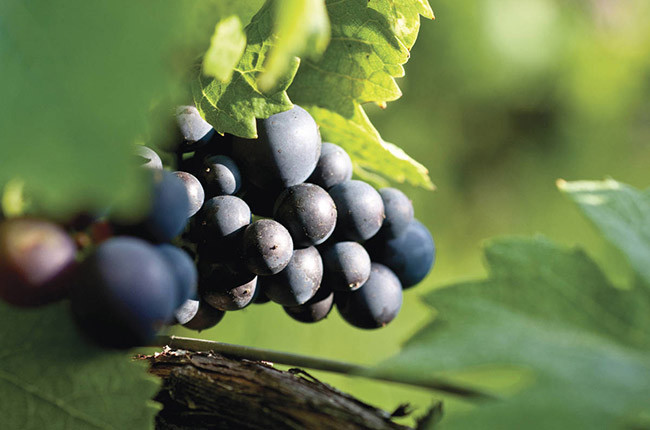Syrah and Shiraz are the same grape: Syrah is the French term while Australians say Shiraz.
An inauspicious start to my education on this black variety.

Mercifully, it is similar grape to Cabernet Sauvignon (small and thick-skinned) so I had a modicum of prior knowledge to keep me from total ignorance. Remembering Shiraz wines I had had before, I was fairly certain flavours would include black fruits and hints of peppery spice. As a rank amateur, it is gratifying when you make a judgement call which turns out to be partly true.
The Grape
Syrah wines are produced in moderate and hot climates, their thick skins requiring a healthy dose of sun to allow them to ripen. They tend to be deeply coloured, with medium-high tannin and medium acidity levels. The styles vary depending on the climate, but wines are normally full-bodied, with black fruits flavours. In moderate climates, you may encounter peppery spice, herbaceousness and smokey characteristics. In hotter regions, you will have riper, even jammy, fruit flavours with sweet spice (liquorice) and dark chocolate shining through.
Oak treatment, either through barrel ageing or the use of chips/staves, is common and adds toast, smoke, vanilla and coconut flavours. Erica, my Syrah teacher, puts it succinctly: ‘Syrah likes oak.’
While using Syrah alone can produce a fulfilling and satisfying wine, it is regularly blended with the grape Grenache to give it structure: boosting colour, tannin and acidity, and adding dark fruit character to the red berry notes of Grenache.
Regions
The Northern region of France’s Rhône Valley is Syrah’s historical and classical home, and we were told to think of the area as “100 per cent Syrah”, despite other grapes growing there. Syrah’s vertiginous sites, which peer over the Rhône river, make for difficult harvesting and expensive production. Thus, winemakers concentrate on producing top-quality wines – to make it ‘worth their while’, as Erica says. Côte Rôtie and Hermitage are the premium appellations of the region, producing some extremely rare and expensive wines.
For those with shallower pockets, the larger, flatter and more affordable appellation is Crozes-Hermitage. The trade-off in price, is that the wines will probably have less body and intensity, and probably less or old oak treatment.
Moving to the other side of the world, Australia is lauded for its Shiraz (Australian terminology is appropriate now, I think). The grape is grown all over the country and consequently, wines come in a variety of styles. A Shiraz produced with grapes from hot climates, is perhaps the best-known of these styles. The Barossa and HunterValleys have such climates, and the former is world-renowned for its Shiraz. The wines have pronounced black fruit flavours of blackberry/plum, complemented by sweet spice and dark chocolate. Oak treatment is marked in these wines, adding essences of vanilla, smoke and coconut. In the country’s more moderate regions, the best wines can resemble those of the Rhône.
While France and Australia remain the Syrah/Shiraz big players, there are green shoots of promise from other significant wine producing countries such as South Africa and Chile; adding to the global presence of this exciting grape.
During my lesson, we tasted a Northern Rhône Côte Rôtie and a Barossa Valley Shiraz. Both were complex and full-bodied, with pronounced flavours redolent of the regions in which they came from. While I leant towards the Côte Rôtie – its tannin and acidity balance, black cherry, black pepper, vanilla, and bizarre, but weirdly appropriate, mint flavours completely enveloping my senses – Syrah’s pure versatility ensures it has enough to appease all tastes.
All rights reserved by Future plc. No part of this publication may be reproduced, distributed or transmitted in any form or by any means without the prior written permission of Decanter.
Only Official Media Partners (see About us) of DecanterChina.com may republish part of the content from the site without prior permission under strict Terms & Conditions. Contact china@decanter.com to learn about how to become an Official Media Partner of DecanterChina.com.











Comments
Submit